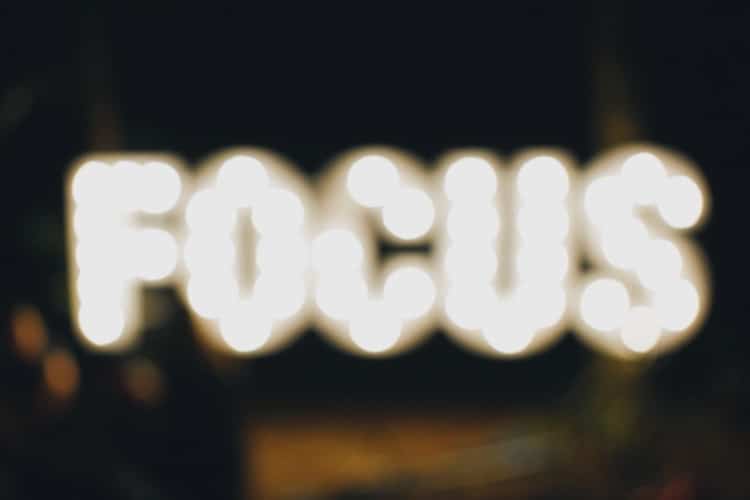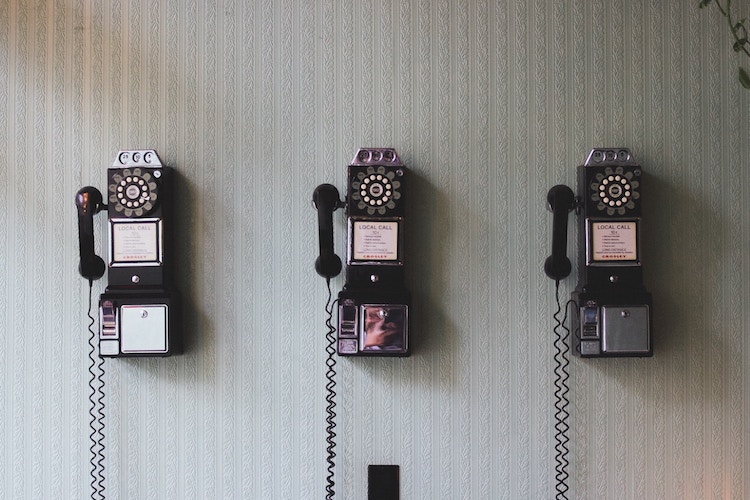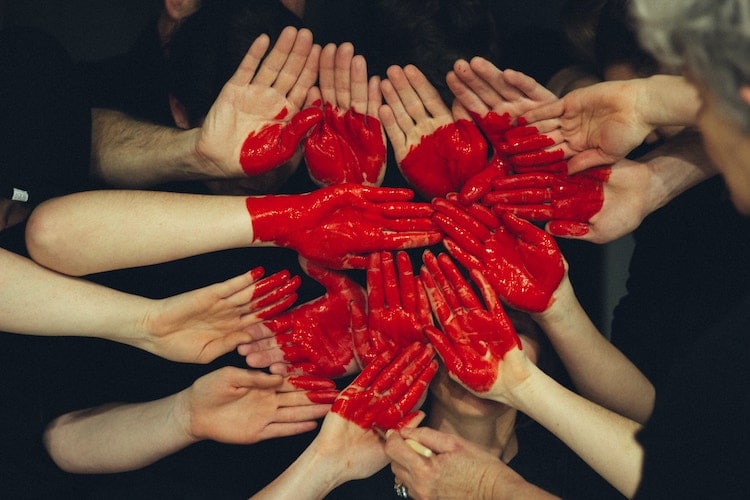
Photo: rawpixel.com
Effective communication can be difficult for many of us. Too eager and you’ll risk trampling over the other person’s thoughts, too passive and you’ll come away from the conversation frustrated that you hadn’t said what you’d intended. These issues can become even more complex as a creative, where we’re often more comfortable with visual, rather than verbal, communication.
But don’t assume that your “art speaks for itself” and that successful creatives don’t need to be bothered with articulating their creative vision. Actually, it’s just the opposite. As the creator, it’s imperative that you learn how to communicate effectively. Remember, you should always be the biggest advocate for your own work and lacking in communication skills only risks misunderstandings—and missed opportunities.
Many creatives can be introverts by nature—for every gregarious studio photographer, there is someone who takes solace in shooting their street photography alone at night—but don’t let this stop you. Pushing past your fears and understanding how you can still be yourself, yet speak effectively about your work, is the first step in using communication to further your career.
How to begin? A good starting place is to write your artist statement—luckily we have a handy guide—as the questions you’ll answer here will help form the foundation of your verbal communication. Once you have that done, let’s go over some useful tips to help you speak about your creative abilities in order to grab your next big collector or client.

Photo: Stefan Cosma
Aren’t sure how to effectively communicate your creativity? Here are some tips to help you hone your communication skills.
Practice Your Elevator Pitch
Many times, it’s easy to assume that people will understand your artistic vision. But, if you are not able to clearly, succinctly, and quickly clarify what you do and why it matters, you cannot expect other people to always get it.
That’s where an elevator pitch comes in. While this concept comes from the business world, there’s no reason why it doesn’t apply to creatives. This short, 30- to 60-second speech is a sales pitch, essentially selling the how and why of what you do. For a creative, think about the potential client, collector, or gallerist you may meet at an event. As you’re networking, you’ll want to have this pitch down. Sell yourself! Get people hooked and give them a reason to want to see more of what you do.
When developing your own elevator pitch, it will be important to understand your niche and who your target audience is, as well as how your work fits into that niche. Do you use interesting materials or have you developed a cutting-edge technique? That should be in there.
You’ll also want to think about who you are speaking with. Bump into an important curator? They may be interested to know about your work with museums. Meet the head of a marketing department for a large brand? Let them know about the graphic design work you recently did with a like-minded company.
And make sure you finish by closing the deal, whether it be getting a business card or phone number or setting up a time to meet and discuss your work over coffee. Remember, you only have a minute, so don’t try to cram too much in. Just tease the best points and make them want to come back for more.

Photo: Fabian Møller
Exude Confidence
We’re talking about confidence, not arrogance—there’s a fine line, but important distinction. While arrogance can be off-putting, confidence actually draws people in and makes them want to hear more.
And while everyone has a different way of exuding confidence, here are some things to keep in mind so that even if you are feeling uncomfortable, no one will ever know.
Body language – Throw out the idea of the brooding artist hunched in the corner. That stereotype is exactly the opposite of what you’ll need to effectively communicate about your work. You want to be approachable and this means having open body language. That means standing up straight, keeping your arms uncrossed, and even leaning in slightly to let the other person know you are interested in what they are saying.
Eye contact – Along with your limbs, watch your eyes—and put your phone down. Looking down or away indicates insecurity and lack of knowledge about what you are discussing, or worse—a disinterest in the person you are speaking with. A great communicator will look the person, or people, they are speaking to right in the eye, which gives off the impression that you know what you are talking about and are confident in your words. And when it comes to your art, isn’t that what you want?
Filler words – If “umm” or “like” peppers your speech, pay close attention to this section. While you want to be thoughtful with your words, overly long pauses or peppering your conversion with these filler words makes you come off as unprepared. This is why preparing—either mentally or on paper—ahead of time can help. Of course, you don’t want to come off as scripted, but having a basic preparation will allow you to think without pause even if you are nervous.

Photo: Pavan Trikutam
Know When to Listen
Effective communication is like a tennis match, with the ball being lobbed back and forth. One of the biggest mistakes you can make is monopolizing the conversation. Yes, people may be at the opening of your exhibition or approached you about your portfolio, but that doesn’t mean they don’t want to be heard and be part of the conversation.
Everyone wants to feel important, including fans of your creative work, and by listening to what they have to say, you are forging deeper relationships which could pay dividends down the line. And remember, listening isn’t simply not talking, it’s actually taking in what the other person is saying. Try incorporating what they’ve talked about into your comments and questions, which will show them you have an interest in their perspective as well. Believe us, your top collector will appreciate it when you remember the name of their children or you suggest a book about their favorite sculptor.

Photo: Tim Marshall
Everyone is Equal
Everyone can have a bad day, but in general, there’s no excuse not to treat everyone with equal kindness. You never know how the person in front of you can impact your career or who might overhear your conversation. So, it goes without saying that no matter you are speaking with, show respect and use it as an opportunity to improve your communication skills and how you articulate your work.
Now get out there and start talking to people!
Related Articles:
6 Tips for How to Accept Art Commissions and Stay Successful
7 Tips to Help Make Your Next Creative Project Go Viral
